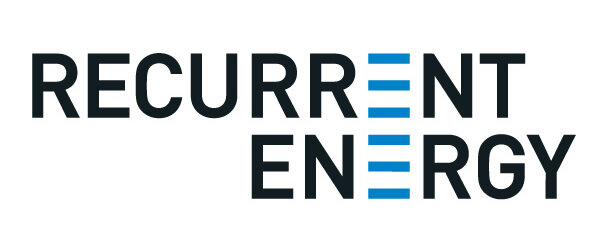Ensuring Reliability through Energy Storage
By Lily Backer, Jin Noh, and Melanie Davidson
March 3, 2021
Last week, nearly 200 energy storage leaders representing over 80 organizations gathered in one virtual space – without media or recordings – to have open conversations about achieving grid reliability in California through energy storage.
CESA’s 12th Annual Market Development Forum hosted stakeholders from across the energy storage ecosystem: CESA member companies, major utilities, CCAs, developers, CAISO, CPUC, CA State Assembly, and more. Special guests included CAISO CEO and President Elliot Mainzer and Ed Randolph, Deputy Executive Director for Energy and Climate Policy for the CPUC.
Following a challenging year for grid reliability and resiliency – from PSPS events and rolling blackouts in California to the recent grid crisis in Texas, this group brought a renewed sense of urgency for problem solving and creating a long-term vision for success. While CESA staff missed hosting everyone in person, we were grateful to see the same comradery, engagement, and creativity we had grown to expect in the previous 11 years – even through our computer screens.
The outcomes of MDF will direct CESA’s efforts and impact in the coming years. Although we are unable to provide recordings due to the closed-door nature of the event, we wanted to share with you some of our key takeaways from last week’s event.
The (Wholesale) Price of Reliability
Energy storage dispatch must be optimized for both its charging and generation, not just its generation.
We would like to see continued efforts to improve pricing information, availability, and accuracy to enable sound decision making for energy storage dispatch
Collaboration to accelerate projects in the interconnection queue, where possible, could help in the near-term. This may involve coordinating with utilities on timing/queuing of planned upgrades, e.g. substation upgrades. CESA, CAISO, and IOUs can work on this.
CAISO will need a fleet of storage resources that may benefit from many types of diversity: geographic, duration, & more. This diversity can help relieve some of the burden of the CAISO market optimization by giving it the right mix of resources to meet reliability needs on a day-to-day basis and in emergency situations.
Distribution Resiliency
Resiliency is important but we need a policy as to the definition and level of resiliency we need or want.
If the public values resiliency, then they should be willing to pay for it. There are many mechanisms that can be used to price resiliency, and they should be considered. Examples of mechanisms include rate base, incentives, or private capital.
Once we have the above two in place, we can implement a variety of resiliency solutions
Resiliency is location-specific and we should identify methods to equitably prioritize resiliency, for example for first responders and institutions like hospitals and schools
There is likely no single resiliency solution, but a suite of options that can include wires investment, diverse forms of energy storage, or microgrids.
Building a Storage Portfolio
Building a storage portfolio that works requires us to determine what storage deployments will be needed by when, and how we can promote a portfolio that is cost-effective and reliable
The CA portfolio should consider local-area studies to inform LSEs about needs.
LSEs, such as CCA’s new joint-powers authority procurement body, plan to consider modeling and study efforts to better ensure the capacity they procure meets reliability needs, in addition to clean energy goals and local community needs
CESA will work to suggest good practices how to get competitive storage solutions, and to ensure industry shows up in good faith in response to market signals.
CPUC and key agencies can continue focus on modeling efforts and to support signals to both LSEs and industry what solutions are needed and where.
LSEs, CPUC, and CAISO can consider how stable market signals, clear pricing, and longer-lead times in procurement will reduce costs for CA by enabling more market entry for storage players and by reducing uncertainty or commercial (financing) barriers.
All parties will engage to better support near-term contracting/storage deployment goals while also considering how RA rules may change as the fleet evolves, e.g. don’t let RA changes impede contracting to meet near-term needs, and work to further connect IRP signals with RA signals.
Execution challenges remain a barrier, given the massive need for storage deployment over the next decade- over 11,000 MW. Standardized contracts, reduced negotiation and approval times, AHJ cooperation and understanding, and CAISO market certainty can help ensure deployment deadlines are met.
Pricing and signaling diversity as a portfolio attribution should be conducted to inform LSEs how to shape portfolios.
The DER End Game
DERs are essential to addressing our electrification and decarbonization goals, where storage can play a big role for grid services and resiliency.
DERs are energy limited, so we need to view DER enablement pathways on a spectrum for where resources like storage can do more than other forms of DERs and where complexity can be abstracted away by technology and service providers.
We need to think through different ways to activate DERs via grid and economic signals, which might have implications on grid architecture.
We should think about scalability of different DER pathways. For example, something like a command-and-control structure may not be scalable with many, many distributed DERs
We look forward to convening again with you next February- this time, back at the David Brower Center in Berkeley, CA.







